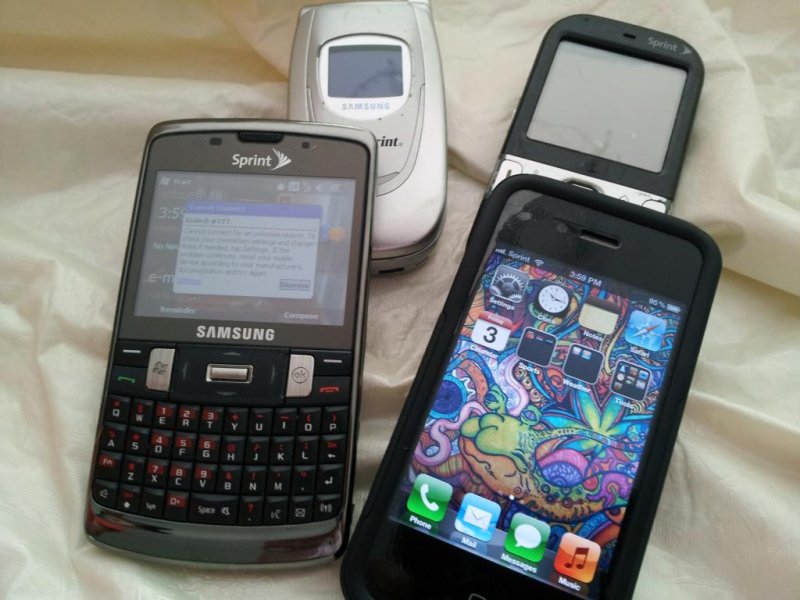From cellphones that just made calls to the newest generation of smartphones, the ways we use our phones -- and the way carriers charge -- are still evolving.
The average cellphone these days is a device for texting, tweeting, browsing the Internet and -- just occasionally -- making a phone call, a considerable change from the early days of the devices that's reflected in the way cellphone carriers are making their money.
In the beginning, cellphones were about being, well, telephones. People made calls, day in and day out, and they were billed as they always had been on a traditional landline, by usage and minutes.
Heavy calling could bring a hefty monthly bill, so carriers then began offering differing set amounts of monthly minutes at fixed monthly charges that users could select after estimating their monthly calling needs.
Then people began looking for other ways their cellphones could keep them in touch with each other, and technology provided one -- text messaging.
Carriers were a bit slow to pick up on the fact that this was a bonanza they could mine, but they soon realized the income potential.
They started by charging per text message -- 5 cents or 10 cents -- hugely profitable for them since squirting 160 characters over their networks cost them little in terms of bandwidth needed or network load.
Consumers, quickly discovering how heavy texting could run up a monthly bill, demanded something better -- and more predictable.
Carriers responded, as they had with calling minutes, with text message "packages," a fixed charge for so many messages, 50 a month, 250 a month, ad infinitum.
Now the average user's monthly bill was based on a certain number of minutes and a certain numbers of texts -- or unlimited numbers of each.
Then came smartphones, and everything changed -- for users and carriers alike.
Browsing the Internet on phones for hours on end was a boon to users but a nightmare for cellphone carriers, as smartphone use chewed up bandwidth at an ever-increasing rate and burdened already overtaxed networks.
But it wasn't going to go away and carriers soon saw another income opportunity -- so minutes and messages on user monthly bills were soon joined by another category, data usage.
Different carriers juggled the three in different ways, limiting some while offering unlimited numbers in others, combining "packages," and tying contracts to offers of discounts on phones and billing options.
After a time, though, the typical smartphone contract from all carriers began to look pretty much the same and has arrived at a more or less standard configuration.
Today's smartphone user is likely to pay a fixed monthly amount for unlimited call minutes (or a large number of minutes fairly easy for most users to remain within), unlimited text messages and a limited or "capped" amount of data, ranging anywhere from hundreds of megabytes to gigabytes, depending on how deep users want to go into their monthly expenditures.
That data usage is where carriers look for their income these days, as users streaming music or watching the latest Hollywood blockbuster must either pony up for a large monthly data allowance or, if they exceed their contract's allotted monthly amount, kick in some extra cash to the carriers' coffers.
All of which raises a question of what smartphone technology will offer in the future, and how -- and how much -- we'll pay for it.















